
This logo isn't an ad or affiliate link. It's an organization that shares in our mission, and empowered the authors to share their insights in Byte form.
Rumie vets Bytes for compliance with our
Standards.
The organization is responsible for the completeness and reliability of the content.
Learn more
about how Rumie works with partners.
Picture this: you're chatting with a new friend at school or work and getting on really well, laughing and sharing stories.
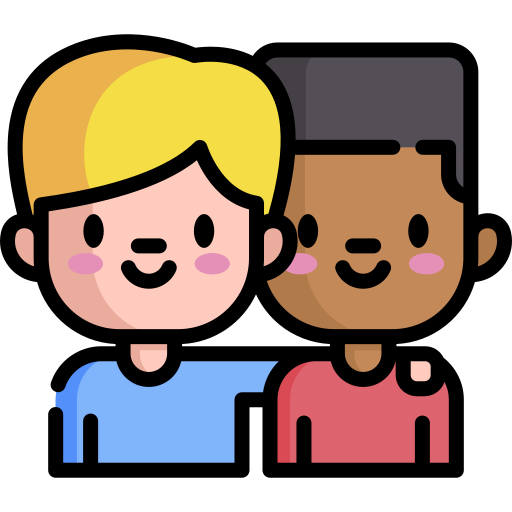
Later that day, you receive a friend request from them on social media. You accept, and as you're scrolling through their posts and pictures, you quickly realize their online persona is completely different from the person you were vibing with in real life.

We've probably all experienced this. So, why do people present themselves so differently online? And what are the common differences between people's online and offline identities?
Defining Online and Offline Identities

Online
Created and maintained on various online platforms and interactions. 🛜
Often curated and edited to present a particular image. ✂️
Includes elements such as social media profiles, usernames, and avatars. 😎
Can be influenced by anonymity, allowing you to express yourself more freely or adopt alternate personas. 🥷
Online reputation and digital footprint will affect how others perceive and interact with you. 👣
Offline
Shaped by face-to-face interactions, experiences and relationships. 🧑🏾🤝🧑
Aspects of your personality are reflected in your behavior, beliefs, and social roles within physical communities. 💃
More influenced by cultural norms and societal expectations. 🤐
Body language, tone of voice, and non-verbal cues are much more easily read. 📖
May involve different presentations of yourself in various offline contexts — home, work, school, and social gatherings. 🤷🏾♀️
6 Key Differences
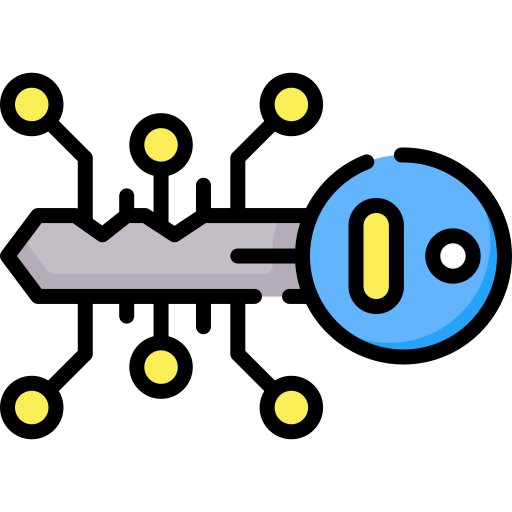
Understanding the key differences between online and offline identities is important for navigating the complexities of communicating digitally and maintaining authenticity in our increasingly interconnected world.
1. Anonymity vs. Authenticity
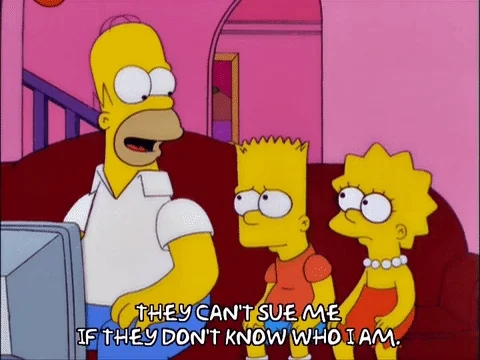
Online identities can be anonymous or pseudonymous (using a fictitious name), allowing individuals to express themselves without fear of judgment or repercussions.
Offline identities typically involve face-to-face interactions where authenticity is more easily seen in verbal and non-verbal cues.
2. Reach & Audience
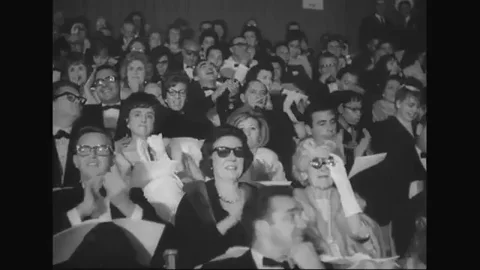
There's a potentially huge reach for online identities, allowing people to connect from around the world and engage in virtual communities with massive and diverse audiences.
There's a much more limited audience and reach for offline identities, which are typically confined to physical spaces and interactions within immediate social circles.
3. Edibility vs. Permanence

Identities online are often editable and customizable, allowing individuals to curate their image by selecting what to share and how to present themselves.
Identities offline are more permanent and less easily altered, with actions and interactions leaving lasting impressions that shape how others perceive you.
4. Self-Presentation and Perception

It's possible to curate an image or persona with your online identity by selectively presenting aspects of yourself that may differ from your offline self.
Holistic interactions that encompass a broader range of sensory cues, lead to a more nuanced perception of your offline identity.
5. Disinhibition vs. Social Norms
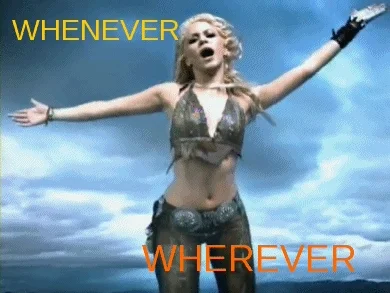
The anonymity and perceived distance of online interactions can lead to disinhibition, where people may behave more boldly or impulsively than they would offline.
Meanwhile, social norms govern our offline interactions. Cultural expectations and the presence of immediate consequences usually encourage people to follow societal rules.
6. Interactivity and Engagement
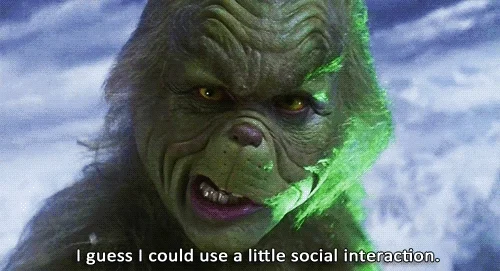
Online identities facilitate instant communication and interaction through various mediums, resulting in rapid exchanges and engagement.
Offline identities involve slower-paced interactions that often require physical presence — allowing for deeper connections and more meaningful exchanges over time.
Why People Act Differently Online
So, why does that new friend seem completely different in their online profile from the way they behave with you in real life?
 Photo by Christian Wiediger on Unsplash
Photo by Christian Wiediger on UnsplashDigital Masking and Persona Projection
People often create digital personas that differ from their offline selves, projecting idealized or exaggerated versions of themselves in virtual spaces.

The ability to selectively present aspects of your identity online allows for greater control over your self-image, but it can potentially lead to differences between your online persona and your authentic self.
Lack of Non-Verbal Cues and Context
While offline interactions rely heavily on non-verbal cues and contextual information to convey meaning, online communication usually lacks these cues, leading to potential misunderstandings or misinterpretations.

In the absence of non-verbal cues, you may rely more on textual communication — emojis, or other digital signals to convey emotion or intention, influencing the tone and perception of interactions online.
Audience and Social Comparison
Online environments offer the opportunity to engage with diverse audiences and communities, potentially shaping how you present yourself and interact online.
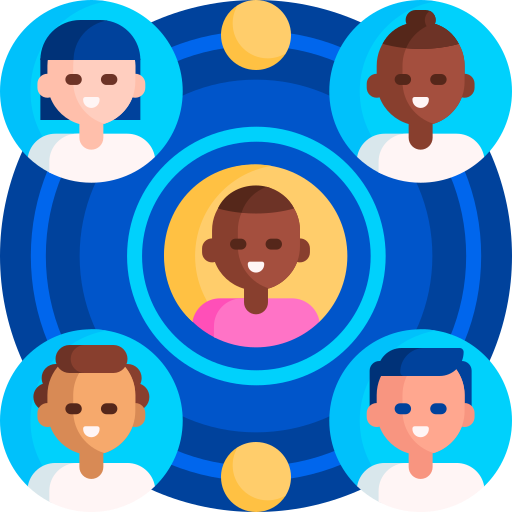
The presence of an online audience, combined with social comparison dynamics, can influence behavior. You may seek validation or conform to perceived norms within digital spaces.
Digital Culture and Online Norms
Online communities often develop their own cultures, norms, and communication styles, which might be different from offline environments.

So, you may find yourself adapting your behavior to align with these online norms or subcultures, which could lead to variations in how you present yourself and interact within digital spaces compared to offline settings.
Check What You Know
Sarah is a high school student who is active on social media. She recently posted a photo of herself at a party, where she appears to be having a great time with friends.
However, when Sarah is at school, she is known for being very shy and reserved.
 Photo by sean Kong on Unsplash
Photo by sean Kong on UnsplashWhich of the following could explain the difference in Sarah's behavior?
A. She's looking for validation from her online friends.
B. Sarah's peers misunderstand her online behavior because of a lack of non-verbal cues.
C. She feels pressure from others on social media to try to gain an audience.
D. She feels safer expressing herself online because there's a layer of anonymity.
Quiz
What could explain the difference in Sarah's behavior? Choose all that apply:
Sarah may feel pressure to conform to perceived norms or seek validation within digital spaces. There isn't much anonymity on social media if she's using her real name. And the lack of non-verbal cues probably isn't making a big difference in this situation.
Take Action
The dynamics of digital behavior can be complex. To deepen your understanding:

This Byte has been authored by
Samantha Markham
Instructional Designer/eLearning Developer/Teacher
MA